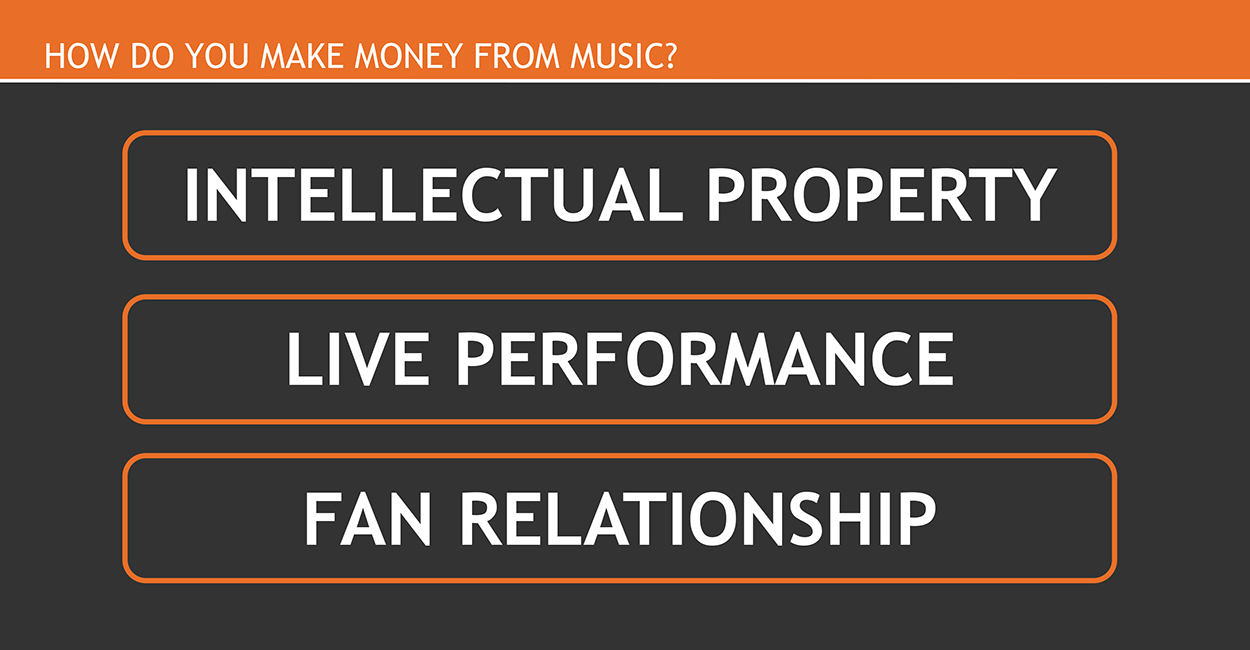This website uses cookies so that we can provide you with the best user experience possible. Cookie information is stored in your browser and performs functions such as recognising you when you return to our website and helping our team to understand which sections of the website you find most interesting and useful.
CMU Trends In Ten Music Industry Library
CMU Trends In Ten: Music Industry Basics
By Chris Cooke | Last Updated: August 2020

This is a ten step guide to the wider music industry, providing an overview of the different strands of that industry, and explaining why artists work with multiple business partners to monetise their music-making.


01. The music industry is structured around an artist’s revenue streams
The music industry is simply a community of people and companies who help artists, musicians, songwriters and record producers to generate income out of their music-making.
A frontline artist usually sets up their own artist business to ultimately manage and monetise their music and their brand.
They then form partnerships with various music industry people and companies to help them run and grow that business, while also hiring the services of other music industry people and companies in order to access extra resources and expertise.
Other musicians, songwriters and producers will usually work on a freelance basis – though some will also set up a more formal business – selling their services to artist, music and/or media companies. In addition to any upfront fees they receive for that work, where new songs or recordings are created they may also secure rights and/or royalties in and from that music.
Most of the people and companies who work with artist businesses focus on and specialise in one of the artist’s revenue streams. That means that each artist has several business partners at any one time, and we can organise all the people and companies in the music industry based on which revenue stream they focus on.
Therefore to navigate the music industry, you first need to understand all the different ways artists make money. There are three key areas of money-making activity – artists seek to monetise intellectual property, live performance and the fan relationship.






